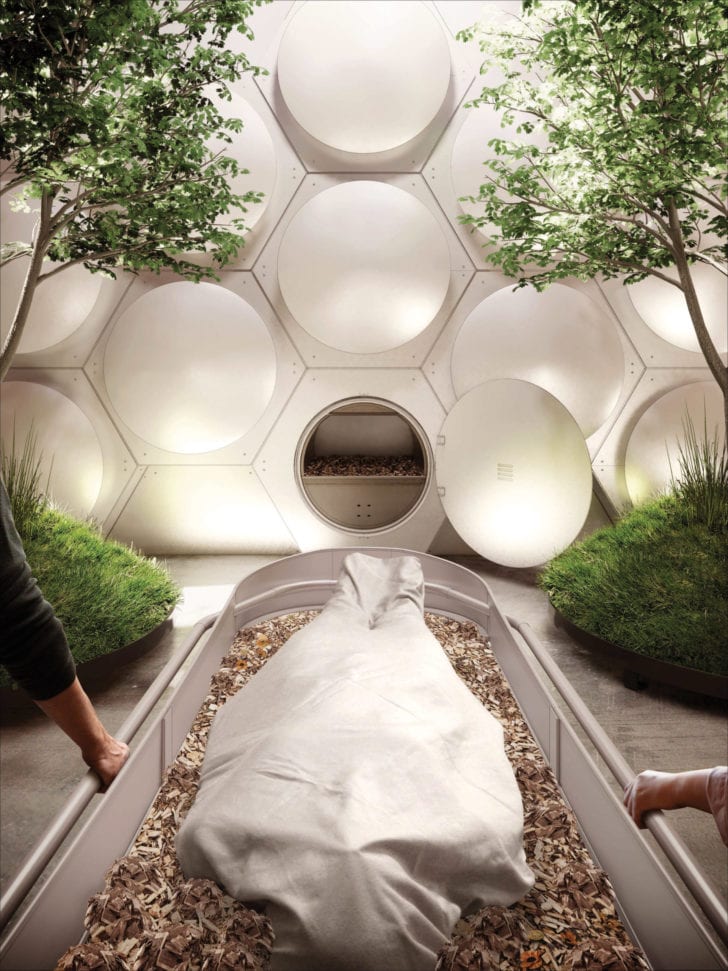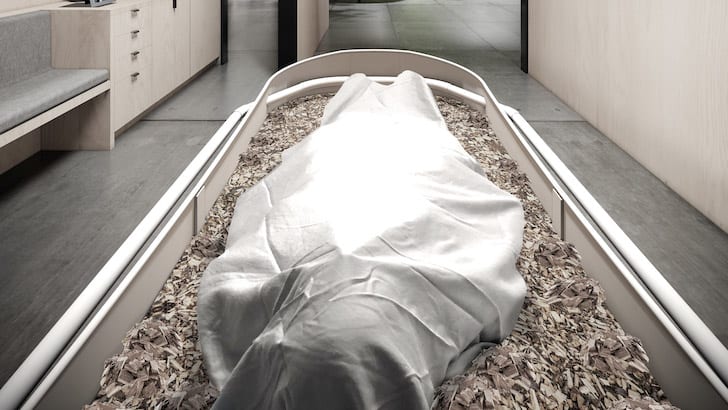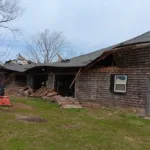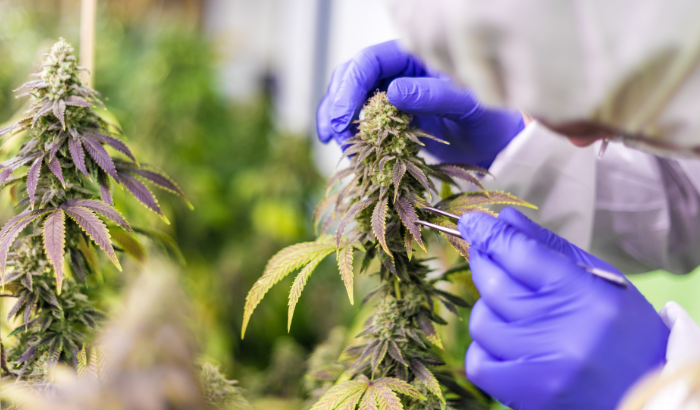
From 1850 through 1937, US pharmacopoeia, the universal authority on the day’s medicines and how to properly mix them, listed cannabis as a primary therapeutic agent for more than a hundred ailments.
In the 1980s, the DEA established a compassionate use program that authorized the production of marijuana cigarettes and quietly provided a can of free smokes to a select group of authorized patients.
The difference between the DEA program and the claims of the 1800s was medical efficacy. Until approximately 1920, many medical claims were not subject to rigorous testing. Instead, causation and correlation bled together. In past centuries, if you ate poisonous mushrooms, the cure was a spoonful of human fecal matter; the patient would vomit violently, evacuate their stomach contents, and be declared cured, proof of the therapeutic value of literally eating shit.
Confusion over causation and correlation caused people to believe that fecal matter was the cure. In truth, any strong vomit-inducement will do.
 Under current regiments of testing, causation and correlation are separated by scientific study. Meanwhile, cannabis for medical and recreational purposes is gaining wider and wider acceptance, which is spurring a ballooning market. Legalization is sweeping the country. With federal restrictions still in place, though, products cannot be transported across state lines. That means cannabis must be grown locally (within the state), and the established trend is to grow it indoors, often in converted warehouses.
Under current regiments of testing, causation and correlation are separated by scientific study. Meanwhile, cannabis for medical and recreational purposes is gaining wider and wider acceptance, which is spurring a ballooning market. Legalization is sweeping the country. With federal restrictions still in place, though, products cannot be transported across state lines. That means cannabis must be grown locally (within the state), and the established trend is to grow it indoors, often in converted warehouses.
A typical warehouse can cost $60 per foot to build. Older mill buildings or wood frame factories can be found for as little as $25 per foot. That means a 30,000-square-foot property can be bought for $750,000. To upgrade these buildings to a grow site can cost up to $250 per square foot—far more than the property was originally worth.
I toured a converted 9,000-square-foot warehouse last year. We headed down a hallway and upon reaching the interior door to the warehouse, I was brought into a brightly lit room with epoxy floors that were so smooth I slipped my shoes off just to feel them. Interior walls had been installed, corrugated sheets painted a clean and glossy white. Even the ceilings sparkled.
Cannabis cannot legally be transported across state lines. With those restrictions in place, investors are willing to fund these expensive projects because product is perceived as scarce and therefore expensive. But like with everything else, as more production comes online, supply and demand will balance and prices will drop. That dip—sometimes referred to as margin compression—has historically hit cultivators hardest.
The slow rate of licensing in Mass exacerbates the problem. As of Jan 29, the Cannabis Control Commission’s (CCC) open data platform reports that 91 cultivators have achieved a provisional or final license for 1.8 to 2.5 million square feet of canopy. The commission doesn’t disclose canopy size for the 124 applications that are pending, but the average canopy midpoint for issued licenses is 23,640 square feet. If we assume these 124 applicants will have an average canopy similar to the existing 91 cultivation licensees, then once all of these facilities are operational, the state’s canopy will be between 4.4 and 6.1 million square feet. But there’s a rub.
When supply and demand finally come into balance, there will be a backlog of applications to be processed, licensees building out facilities where they have yet to start growing, and new grows that have not reached their first harvest. And if that happens, just like the federal government typically calls a recession about eight months after one starts, the markets won’t realize supply and demand are in equilibrium until at least a year after it happens. Over-capacity seems inevitable.
Katrina Spade may have a solution, or at least a way to put so much space to other use. While pursuing an architecture degree at UMass Amherst, the New Hampshire native began to ponder how we as a culture dispose of human bodies. That led to her forming the Urban Death Project in Seattle in 2014, which eventually morphed into Recompose, a for-profit public benefit corporation, co-sponsoring research with Washington State University.
Recompose perfected a process where the recently deceased body is cleaned, wrapped in a shroud, and placed in a tube on a soft bed of wood chips, straw, nitrogen, and alfalfa sprouts (the other ingredients and ratios are confidential). Within two weeks the body is gone; within four weeks, so are the bones. Everything in the “natural organic reduction” vessel returns to the earth as a rich soil. The composting process will reach 140 degrees, sufficiently warm to destroy pathogens. And because it all happens above ground and with access to the air, there is no methane or greenhouse gas production. Natural and clean. Ashes to ashes, dust to dust, but without all the fire and brimstone. The process, otherwise known as human composting, was legalized in Washington state last year. Colorado is now considering similar legislation.

As for the traditional funeral industry…
We might each come into this world, clean, pure, and with great hopes and intentions, but most of us leave this world in a final depraved act of environmental assault. Today, dead Americans consume about 800,000 gallons of embalming fluid each year. That fluid goes into the ground with the body, where it will eventually leach out. Embalming fluids actually delay (vs prevent) decomposition; that means grandpa won’t be preserved forever six feet under, but will instead decompose in a pool of chemicals, creating various greenhouse gasses that at some point can find their way to the surface.
To protect the environment, bodies are often placed in caskets made from some 30 million board feet of wood or 90,000 tons of steel, and those caskets are set into concrete liners—1.6 million tons of concrete. Concrete is made from cement and the cement industry is one of the two largest producers of carbon dioxide, creating up to 8% of worldwide man-made emissions of this gas.
Cremation, which the National Funeral Directors Association predicts will account for 80% of dispositions by 2035, carries its own baggage. A typical cremation consumes 28 gallons of fuel and releases 540 pounds of carbon dioxide into the air. In aggregate, US cremations account for about 270,000 tons of released carbon dioxide every year—about the same as 22,000 homes.
And that’s how cannabis could be the death of the funeral industry as we know it. While few people will likely send a loved one off to be recomposed without regard, many will probably feel comfortable in a clean, white, bright, state-of-the-art facility, the kind being expensively built for cannabis cultivation. When over-capacity takes root, as it is likely to do, some of these facilities will come off the market, and turning them back into standard warehouses will be a massive waste of capital.
Around 59,000 people a year die in Massachusetts, and a perfect place to start one of these operations could be an idled cultivation facility. A large-scale space could drive costs down even further, thus increasing the economic advantage over conventional disposal methods.
Spade is driven and smart and has raised more than $4 million in socially responsible capital to reach her $6.75 million goal to fund her first Recompose facility. I’ve been following her progress for 18 months, as human composting is far cleaner, environmentally friendlier, safer, and more cost effective than traditional disposal means. Her flagship facility looks futuristic. And in the future, there will be plenty of prime indoor real estate for operations like hers.


























